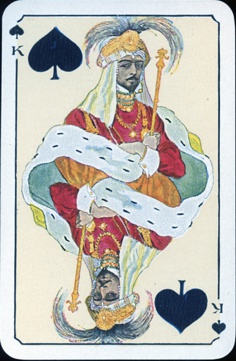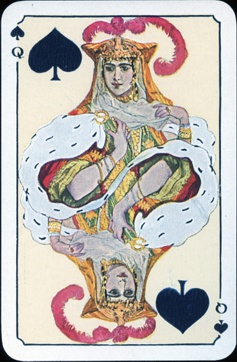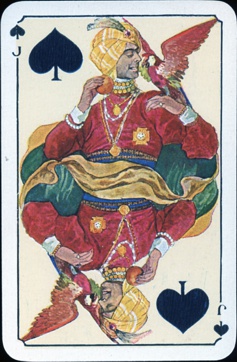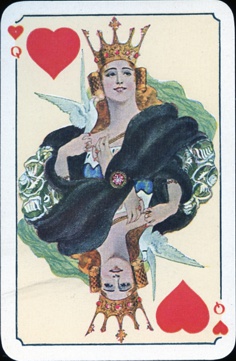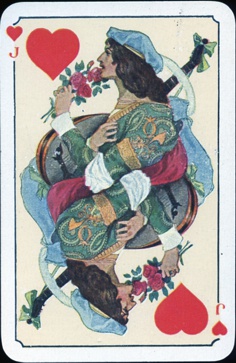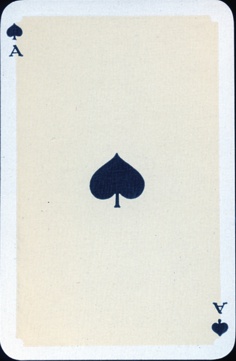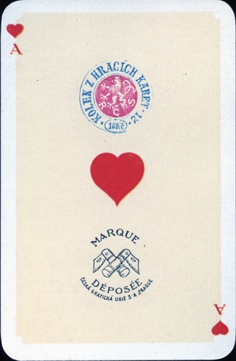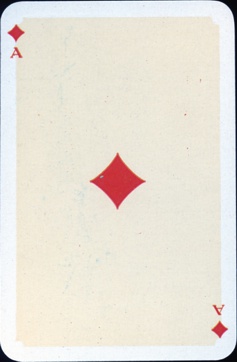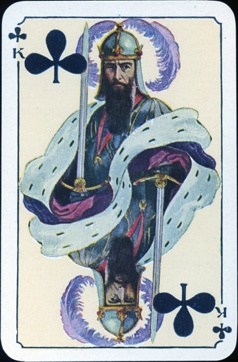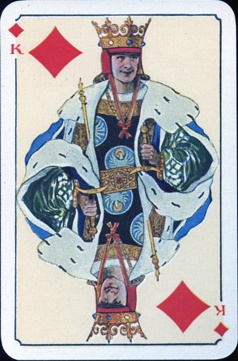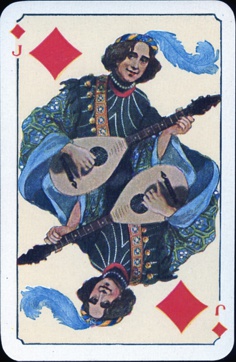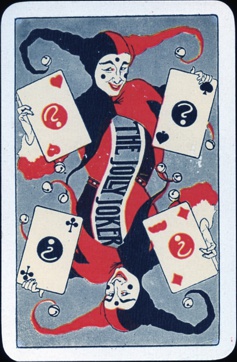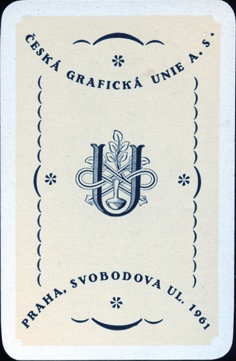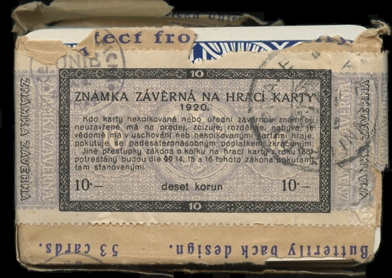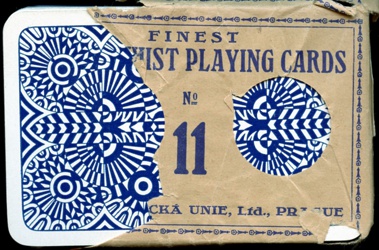 |
It's fun, browsing though the 7 boxes with decks from the LB collection, that I will still have to process into our collection. There are still some gems to be found in them. On the other hand it means shifting at the same time and a goodbye to decks that would be new to the collection. Ever since we had decided that a downsize of our collection was unavoidable, we knew that we would have to go through our collection to decide which countries and decks would stay. I miss Miriam's input, but will honor her preferences. |
|
|
In our collection we keep the courts, aces etc. in sheets, separated from the rest of the deck. So the easiest way was to go through these non-processed boxes first. It makes you feel a bit like God, deciding on which decks may stay and which will have to go. She loved Art Deco and Jugendstil design, so I'm sure that Miriam would have agreed that this month's deck is one that will certainly stay! |
||

